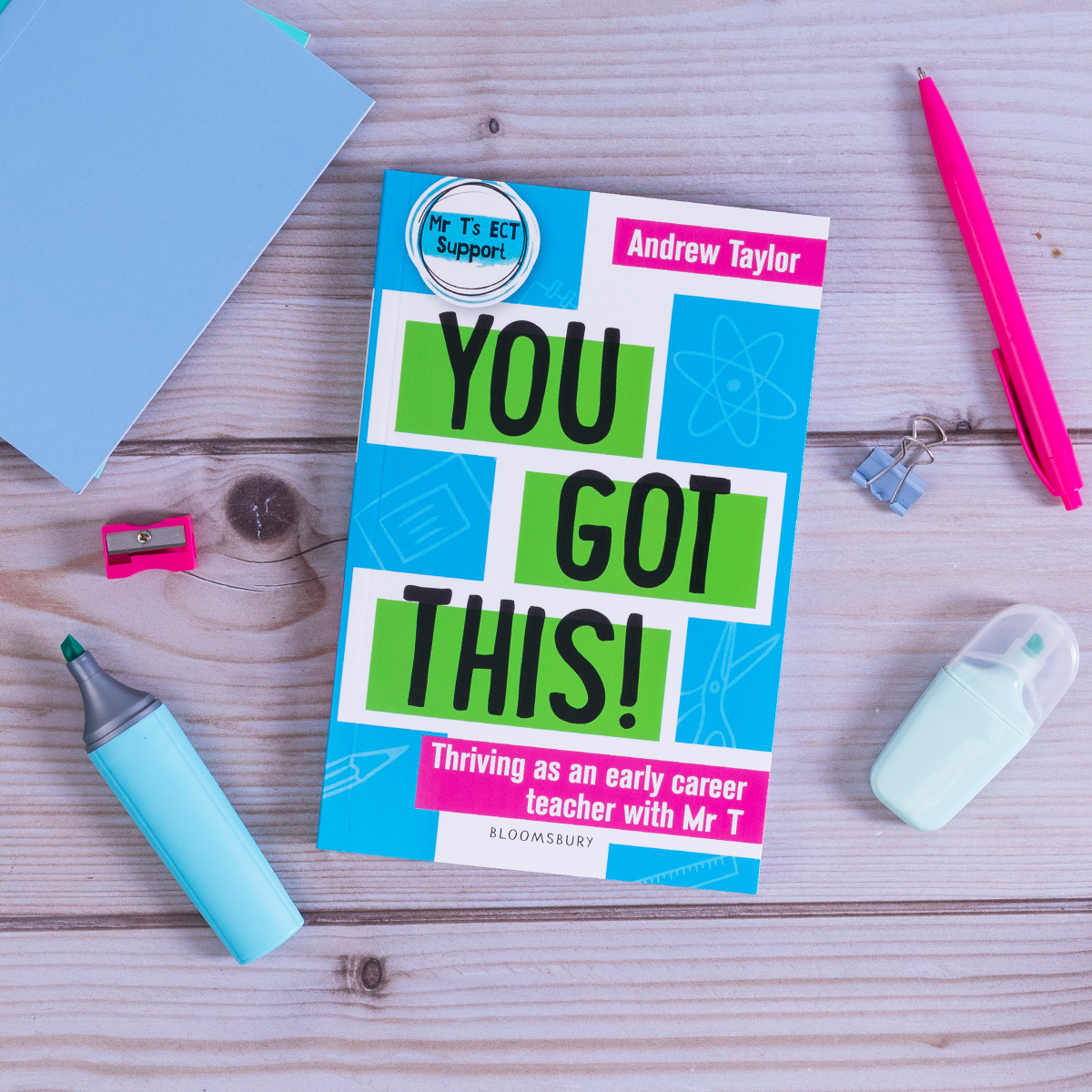

Having clear expectations and routines is vital to the smooth running of your classroom.

But before you can introduce them to the pupils YOU need to know these – What they look like/sound like? And how will you ‘trigger’ your routine. Before starting a routine plan it out.
Here is an example:
Every day pupils will need to line up for assembly. So what do they need to do?
Tuck their chairs in,
Move to the door,
Line up.
Simple!
But in practice, this is quite a complex activity, and often when I am watching lessons, the clarity of these instructions can make the difference between being on time to assembly or being that teacher everyone glares at as they arrive frazzled and late!
Give yourself the best chance by being specific:
Tuck your chair in, lifting the legs and placing it down carefully – (more specific)
Walk quietly to the door following people in front – (again thinking more specifically about how it will look and sound)
Form a straight line, facing the right way, standing smartly (straight back, arms by their sides – this may need visually modelling) with no voices (again clear and specific for pupils)
Using a structure like this can help you to break down your routine and make your expectations explicit
(Thanks to Dan Whittaker @class_whisperer for inspiring the presentation of this)

Once you know and have refined your expectations you can then introduce them and communicate them effectively to the pupils.
You then need to establish your ‘trigger’ what will you say that will start the routine.
“When I say line up for assembly you will:
Tuck your chair in, lifting the legs and placing it down carefully
Walk quietly to the door following people in front
Form a straight line, facing the right way, standing smartly with no voices, off you go.”
At this point, I would be spotting pupils doing exactly what has been expected and praise them specifically.
“Mark – you tucked your chair in perfectly, remembering to lift it and place it down carefully.”
“Sam – you are walking quietly to the line and following sensibly behind the person in front.”
Praising helps to reconfirm what it looks like and sounds like to pupils – similar to the classroom rules we spoke about above.
This links really well to Bandura’s Social Learning Theory (1977) and something I have used so often in my class. By celebrating the behaviours when we see them the pupils have a clear role model to follow and can then replicate their behaviour. Find your role models as much as possible. Pupils need to know what the behaviour looks like in each other.
If pupils aren’t following the expectations, I always find using a question as a reminder is hugely helpful.
“Sally – How should you be moving to the line?”
1 of 2 things will probably happen
Or
If the second one happens use the opportunity to repeat and reinforce what she should be doing, using those explicit instructions.
At the start of the year or when introducing a new routine, practice makes perfect, get children engaged in doing it quicker/quieter, and get them competing with their previous best!
Spending 5 – 10 minutes each day for the first week practising can save you so much time in the future. We want to get to the point where all you say is “line up for assembly” and it just happens as if by magic. But it will have been that effortful practice to begin with that will get you to this point.
This is then the same with any routine, tidying up, coming to a carpet space for the lesson, whatever routine you need to teach, plan it – be specific – teach it and rehearse it.
Use a simple prompt to help you plan your routines.
Here is a space for you to plan your own. You may want to consider:

The same principle applies to any expectations you want to develop. How pupils should stick their work in their book. How they should focus during teaching times. The most important thing to remember is,
When you set your expectations, you need to live by them, value them, reinforce them and never accept anything less than what you ask for.
Find more help and support like this in my book You Got This!
